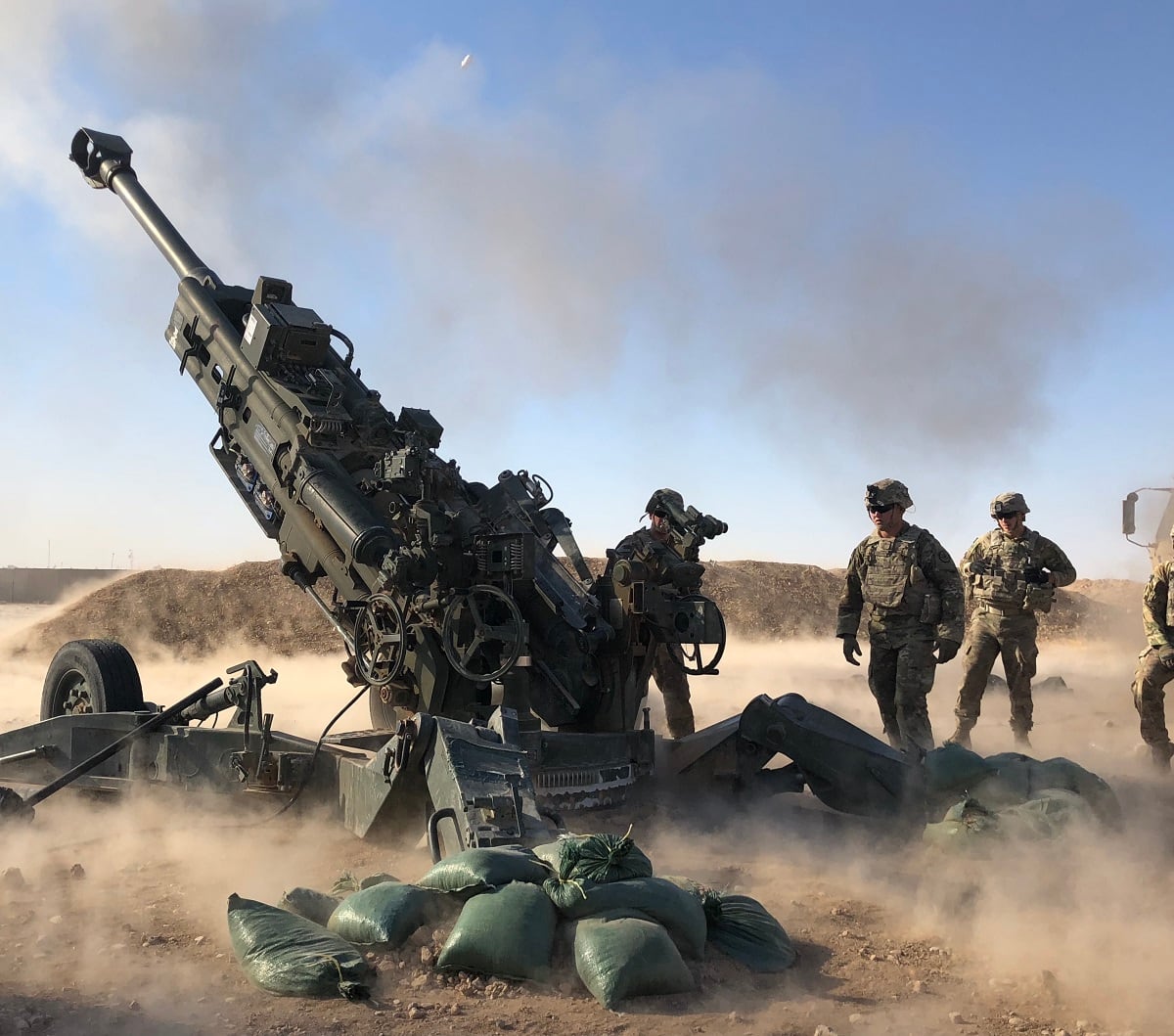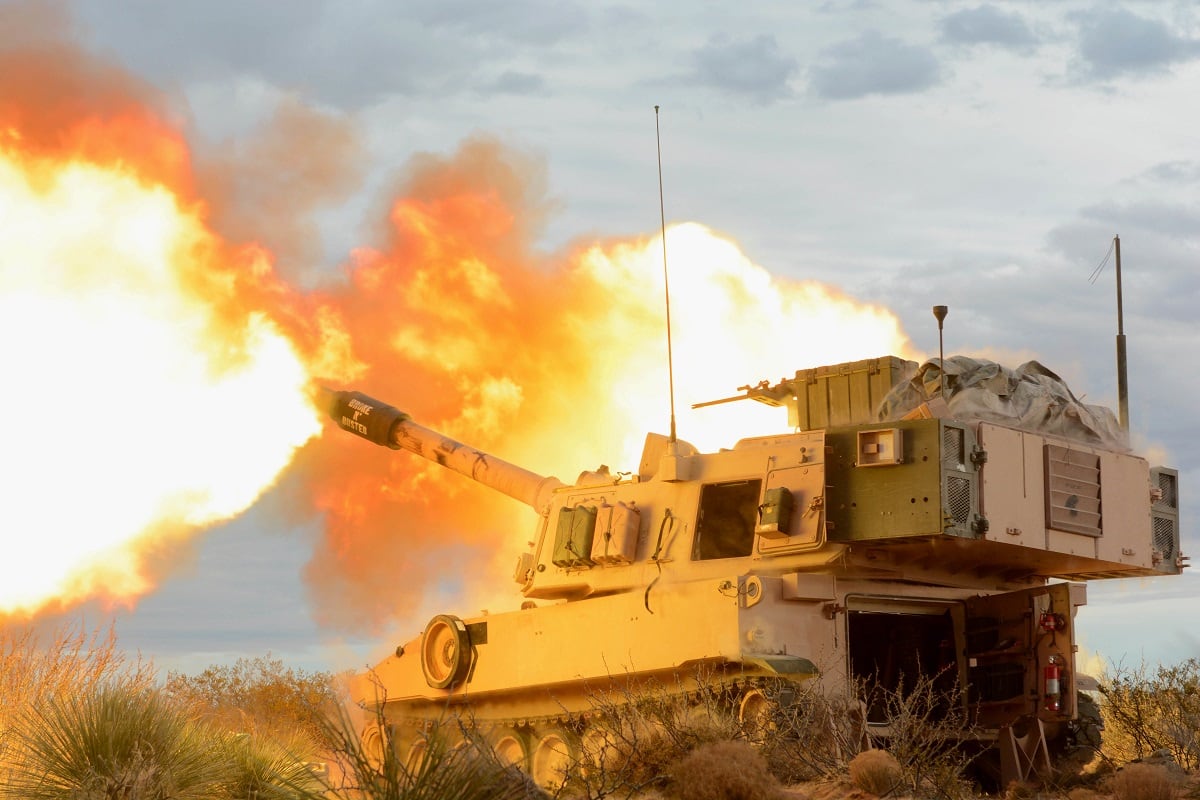Army researchers are speeding up development on key conventional munitions, from field artillery to long-range missiles, and making them more deadly when they land.
At a panel hosted by Defense News at the annual Association of the United States Army annual meeting, commanders with the Army’s Research, Development and Engineering Command, Program Executive Office-Ammunition and the Long-Range Precision Fires Cross-Functional Team gave a few updates on those efforts.
Brig. Gen. Alfred Abramson III, head of PEO Ammo and Picatinny Arsenal, New Jersey, told audience members that his researchers are finding the quickest ways to go after extending ranges, saying that the XM1113 round will be “critical” for the conventional artillery in the Extended Range Cannon Artillery program, a centerpiece of artillery modernization.
Abramson noted that the existing M795 High Explosive artillery round, the base of the 155mm munition portfolio, includes about 614,000 rounds in the nation’s stockpile. But those rounds only reach out to about 30 kilometers.
For more coverage from the AUSA annual meeting, click here.
The problem developers face in pushing the ranges of conventional rounds is keeping them both accurate and having a real effect when they strike, he said.
“You want to push it out to 70 kilometers and ensure it’s not just a long-range paintball,” Abramson said.
The XM1128 pushes those ranges to about 40 kilometers currently. But work with “lithographic fragmentation technology,” Abramson said, makes the round more lethal on target.
Col. John Rafferty, director of the LRPF CFT, said that recent testing has gotten 155mm artillery rounds to the 60-kilometer range at the Yuma, Arizona, testing facility.
RELATED

Abramson said that his organization has seen a significant spike of about $2.5 billion for fiscal years 2017 to 2022 funding for ammunition and armament systems products.
Another $1.5 billion has been allotted to update the aging ammunition manufacturing plants across the Army, he said.
Recent Overseas Contingency Operations funding for 2019 was marked at about $4.1 billion simply to replenish munitions consumed during combat.
What’s being done to advance the science?
Maj. Gen. Cedric Wins, commanding general of U.S. Army Research, Development and Engineering Command, said that over the past year, $900 million was realigned for science and technology development for the LRPF initiatives, and another $500 million was also realigned for the Air Missile Defense CFT.
His organization just completed a six-month study of energetics propulsion that included a detailed study of adversary capabilities and advancements over the past two decades.
It also looked at how those advances were achieved and what gaps exist in the United States’ armaments, he said.
While the study has not yet been released to the public, he said two non-technical gaps that the United States must correct are in their ability to collaborate with global partners and science, chemistry and energy experts within government.
Further down the development pipeline he said was a shortfall in transitioning the research to the PEOs for development and fielding.
One tech challenge is the existing stockpiles. As the developers push the capacities of conventional rounds and their systems they must also maintain “backwards compatibility” with the substantial munition stockpiles, he said.
Todd South has written about crime, courts, government and the military for multiple publications since 2004 and was named a 2014 Pulitzer finalist for a co-written project on witness intimidation. Todd is a Marine veteran of the Iraq War.




